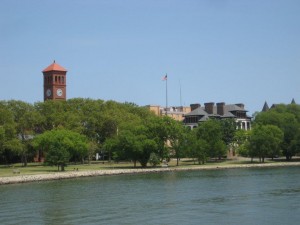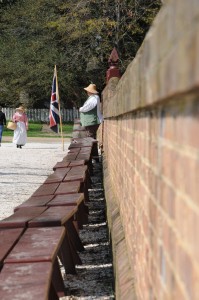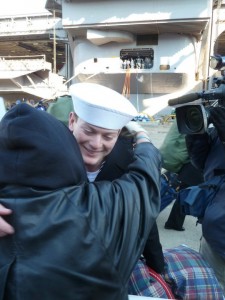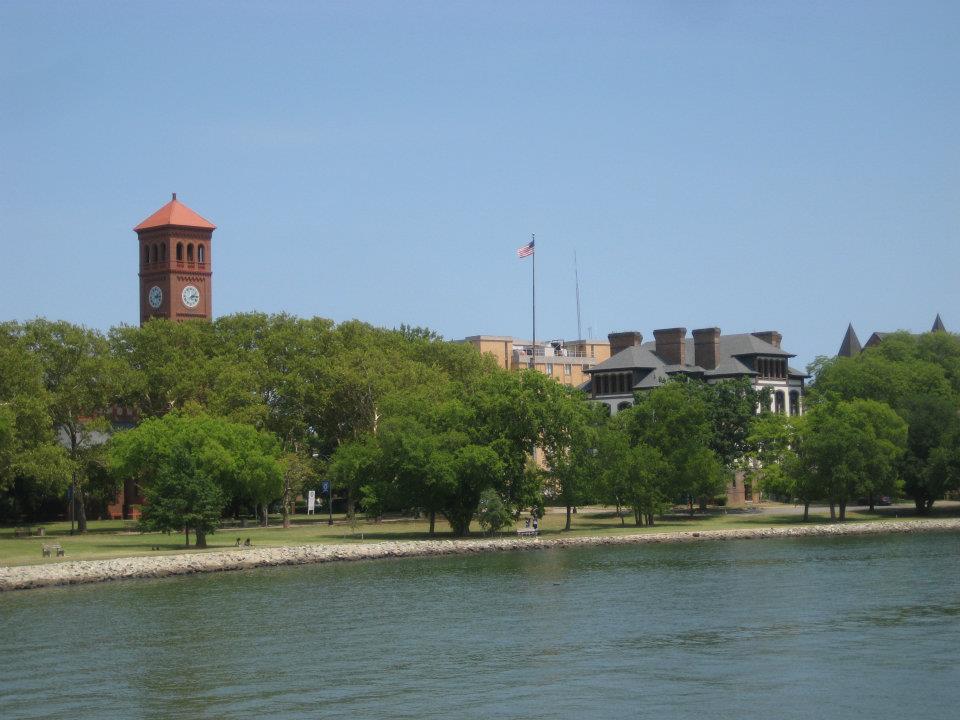
Last week I returned to what Chris and I claim home: Hampton Roads, Va. We still own a house there; it was the last place we lived together before we moved overseas; and whenever we’re asked overseas where we’re from, we always say Virginia. I was in town for a week visiting old friends and co-workers, checking on our house, and hosting a professional development session for the Public Relations Society of America Hampton Roads Chapter. Being back home felt so good, especially after not visiting in the last year. On a trip to Alaska in 2011, we met an English lady in her 90s who had traveled the world and still continued to do so. She told us she loved to travel, but her favorite part was always going home. I completely understood her sentiment on this trip back to Hampton Roads.
A short history of Hampton Roads
The area, located in the extreme southeast corner of Virginia, is made up of several cities and counties. Officially, there are seven cities in two geographic locations. On the Peninsula, you have Hampton and Newport News. On the South Side, there is Chesapeake, Norfolk, Portsmouth, Suffolk and Virginia Beach. In the outlying areas of Hampton Roads, there is Jamestown, Williamsburg and Yorktown making up the Colonial Triangle; Isle of Wight County including the famous hams of Smithfield; in the Middle Peninsula you’ll find Gloucester and Matthews counties; and reaching across the North Carolina state line you’ll find the popular beaches of Outer Banks.

You may think with the name “Roads” the designation refers to on-land pathways. You’d be wrong. With the Chesapeake Bay, James River, Elizabeth River and Atlantic Ocean, Hampton Roads actually refers to the many waterways in the area. As the world’s largest natural port, Hampton Roads was the ideal spot for the first settlers from England to make landfall and set up homesteads, giving the area the nickname of “Birthplace of America.” With historical figures like Pocahontas and John Smith along with key battles during the Revolutionary and Civil wars having roots in the area, Hampton Roads is widely known for its linkage to American history and brings mass amounts of tourism each year. In 2007, in honor of the 400th anniversary of the founding of Jamestown, America’s first colony, the entire commonwealth (note that Virginia is classified as a commonwealth and not a state) underwent an 18-month celebration campaign, even including to this day commemorative license plates.
Hampton Roads today
As industry continued to grow in the area due to the plentiful transportation routes, Hampton Roads has become home to major companies, such as Norfolk Southern and Huntington Ingalls Industries. Centered around the natural harbor, Hampton Roads is a leader in the import/export business. With a metro population of more than 1.5 million, the area continues to grow economically with a Gross Regional Product of $84 billion plus.

Along with industry, Hampton Roads is also known for its high concentration of military. With every branch represented throughout Tidewater, almost one-fourth of all active-duty service members are stationed in the area. With events like the Virginia Beach Patriotic Festival and military appreciation days at the local sports venues, Hampton Roads is as patriotic as it gets.
Unfortunately, though, the region is notorious for its traffic. Due to the mass amount of water and nautical travel, bridges and tunnels are a mainstay of the area. With these in place, backups and accidents are all too common. The infrastructure of these dated roadways is a source of concern, and with the implementation of tolls soon to come, the woes never seem to cease.
Covering Hampton Roads
For the next several WorkLife Travel Destinations, we’ll be exploring the cities and outlying areas of Hampton Roads one by one and finding out what makes them such wonderful tourist destinations. Want to know something specific about a Tidewater city or county? Let me know in the comments, and I’ll cover it in a post.
-Monica

